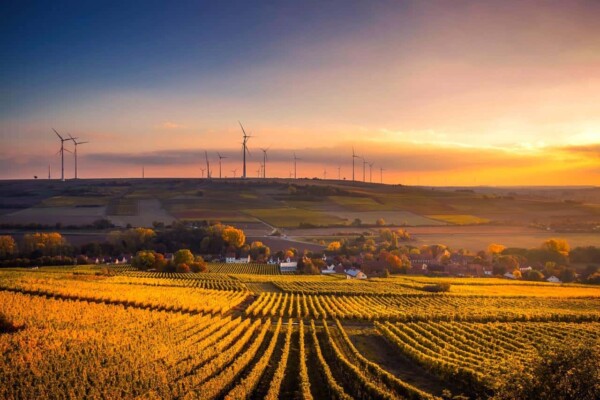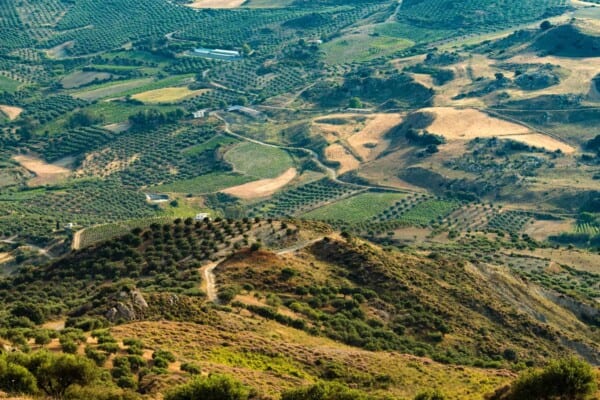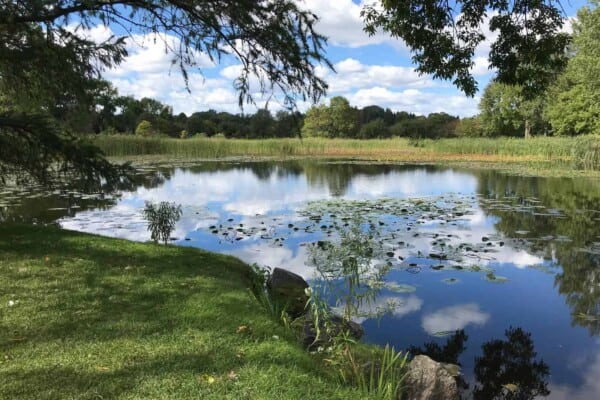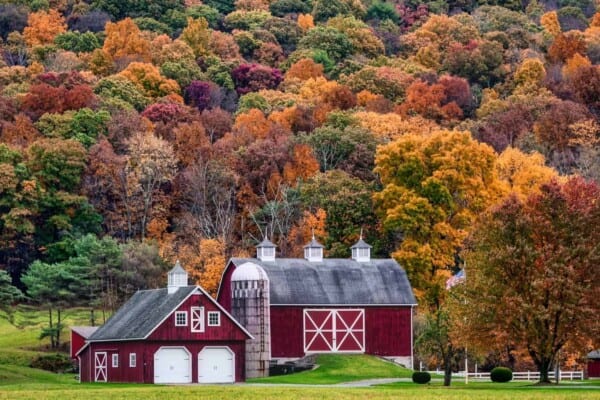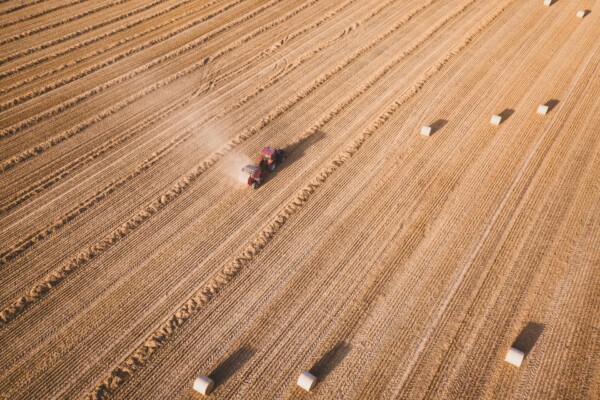There are a lot of farming ventures that you could dip your toes in, and while some are more profitable than others, there is one farming venture that not a lot of people even consider when looking to get started.
We are talking about sod farming – that may sound a bit strange to some of you, but let’s just say that it will be well worth your time, effort and resources once you actually start making a profit.
With that being said though, what exactly is sod farming and how can you take full advantage of it?
That’s what we’re here to find out, as we will go straight into the many ins and outs that make sod farming such a profitable venture, starting off with:
What is Sod Farming?

Very few people realize just how much of a cash crop grass can be, because in its simplest form, it is very easy to grow and very easy to sell as well.
In case you’re lost, grass is also known as sod, so when we talk about sod farming, we essentially just talk about grass farming.
If you do want to start growing your own grass, it’s actually a lot easier than you may think. In simple terms, all that you need is you need to find a good and barren patch of land, you need to start sodding it, and before long you’ll have your hands on a pretty massive, lush and green lawn.
If you happen to live close to an area that features a steady local market, or more importantly than that, a housing boom, you will be happy to hear that you’ll start making profits in no time by farming grass.
This is because there will always be a need for green and luscious grass, in fact, if you do happen to get your hands into the open market, you’ll almost never run dry of opportunities.
Also commonly referred to as turf farming, sod farming does seem like a dream come true, but there are more than a handful of downsides that you also need to consider before digging deep into this commodity.
There is a reason why not a lot of people are sod farming these days, and it isn’t just the fact that they don’t know about it. So, let’s just address the elephant in the room right now:
The Negative Side of Sod Farming
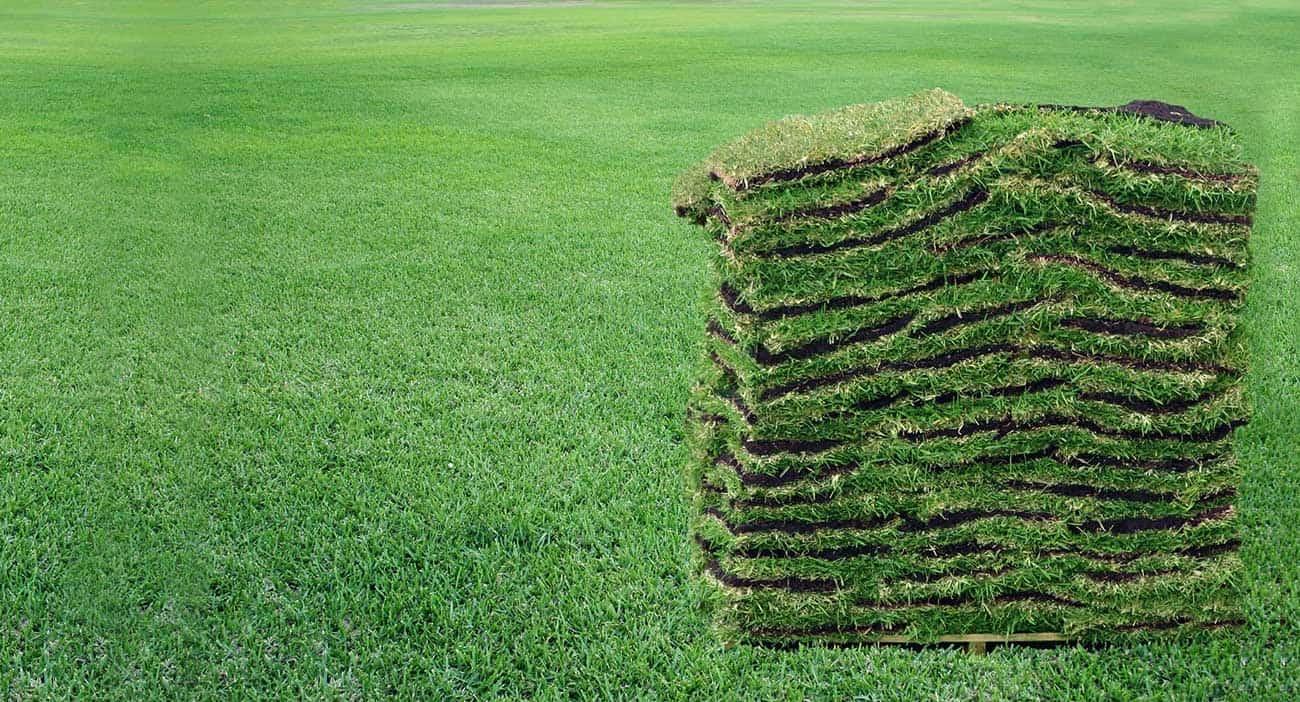
So, let’s just say that actually getting into sod farming is not all that we’ve made it out to be, and that is for one reason alone: money.
We are not talking about profits here because we do stand by the fact that if you do get into sod farming you will earn a pretty penny in no time. Instead, what we’re talking about here is the fact that in order to actually get a sod farm startup you will need a lot of capital investment.
The thing about grass is that it grows fast and it is a very reliable crop, but at the same time it requires a huge land that you will need to buy or rent yourself, and afterwards you will also need to invest heavily into the sod farm equipment which doesn’t come cheap by any means.
On top of all of that, while grass is generally a pretty hardy commodity, let’s just say that bad weather can still ruin your hard work in no time if you’re not careful, and that in itself can cause you to lose a lot of money.
The growing season can also be affected by the weather a lot, and not only that but the quality of the sod may decrease exponentially if left untreated.
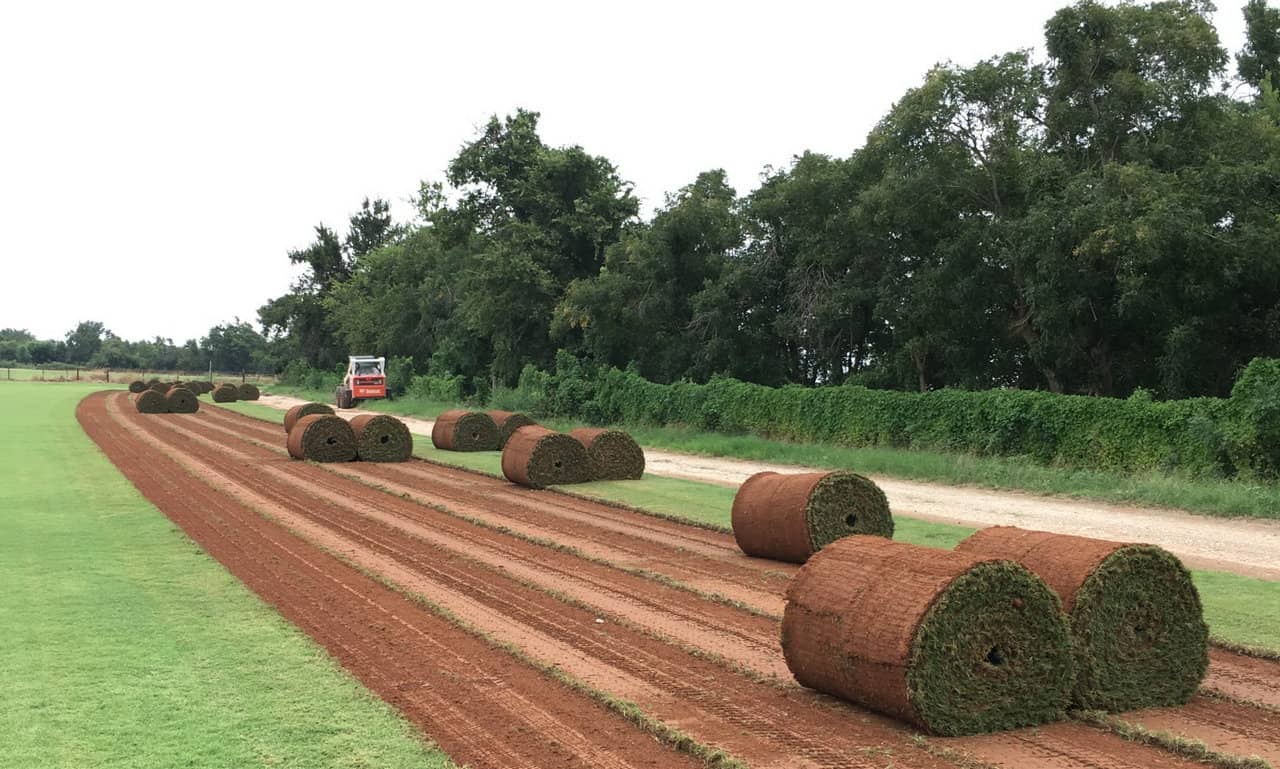
This in itself can ruin your reputation as a solid grass farmer, and while that may not mean a lot to some people, just keep in mind that farming is a cooperative venture, meaning that if you don’t have the clientele, you don’t get to make any money, simple as that.
So, just keep in mind that the initial capital investment is not going to be anything to scoff at, quite the contrary actually, you’ll need to invest heavily in your sod farm if you want to hope for a profit eventually.
But then again, if you do have the resources for it, let’s just say that you are already a farmer and you just so happen to have a huge barren land that you don’t know what to do with.
If that’s the case then you could definitely try your luck out with sod farming, and you will be able to reduce a lot of the payments here which will increase your profits by quite a lot later on down the line.
But hey, that’s for you to decide, and if you are still reading then chances are that you are still looking for ways that you can get into sod farming. If that’s the case then here is what you need to know about that:
Planning and Investing

As mentioned previously, the very first thing that you need to worry about is investing into the land itself and of course, into the specialized equipment which is going to cost you quite a lot.
Many people end up purchasing small crops of land, investing into small-scale endeavors hoping that their half measures will result in full profits.
This is why so many people fail at the beginning of their journey though as they are too afraid to get into large-scale harvesting.
At the same time, many of these small-scale farmers expect an immediate profit out of their work, which is not going to happen anytime soon. A turf farm will take a lot of time to actually bring in any money, remember that.
There are plenty of experienced farmers out there that have seen dozens of startups go down in flames because the farmers didn’t want to invest too heavily into the plans.
Most experienced farmers state that you need at the very least 100 acres of turfgrass in order to bring in a good profit, anything less than that will result in mediocre profits which are not worth your time or investment in the first place.
Do keep in mind however that if you do plan on only growing Bermuda grass you can still get a good footing into the industry with around 75 acres or so, although if you do want to sit more comfortably and not have to worry too much you may want to farm around 125 acres even with Bermuda grass.
Choose the Right Grasses for You
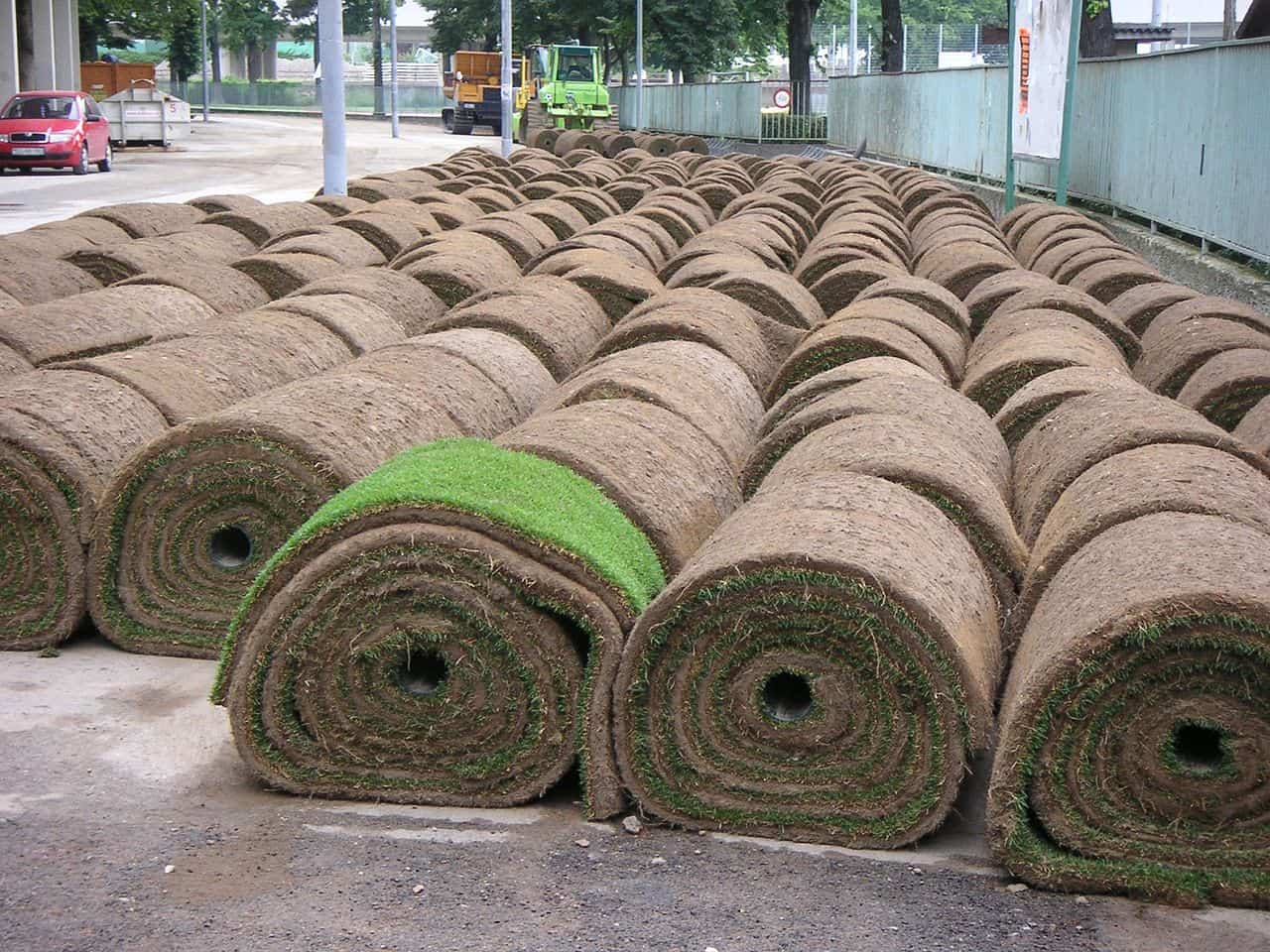
This next step all depends on the consumer preferences, since they are going to be the ones dictating which grasses will sell more and which won’t. But you also need to keep in mind that your location will also influence which grasses you can grow too.
After all, some turfgrasses are known for growing better in different regions of the country, and as we mentioned previously, this can result in a better or worst harvest since your grass can be ruined by bad weather in no time.
While there are plenty of different sods that you can go for, more often than not you’ll just need to look into what everyone else is doing and you should be able to bring in a good profit.
For example, the most popular choice for Treasure Valley has always been the Kentucky Bluegrass or the blue/rye mix. Tall fescues on the other hand have also grown a lot in popularity over the years so you can also look into these.
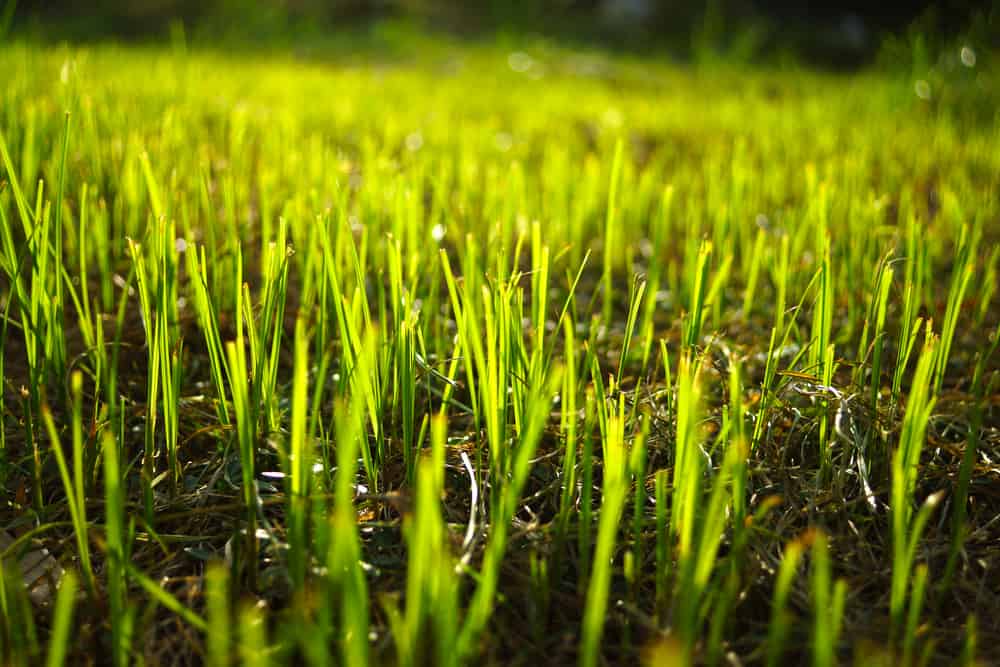
While tall fescues are always going to be good for marketing though, you may also want to experiment with some RTF or rhizomatous tall fescues, as they are a lot better with landscapes than the former one.
Creeping red fescues are a bit on the more niche side of things but they could still bring in a decent profit if you find that your clientele is reacting positively to it.
We also brought up the Tifway 419 Bermuda too as that one is extremely drought-resistant and it is one of the most common purchases on the open market.
The Rebel Exceda Fescue, hybridized with the Kentucky Bluegrass will always be a good choice if you live in a colder environment, and let’s not forget about the Emerald Zoysia, one of the best high-end grasses in the world.
What you should take from this isn’t that you need to use these exact grasses in order to make a profit, we just wanted to give you a quick rundown of the first picks we had in mind for you.
The truth is that you can use any and all of these and you’ll come out on top as long as you find the right market and you happen to live in the best region for that specific variety of grass.
Sowing the Sod
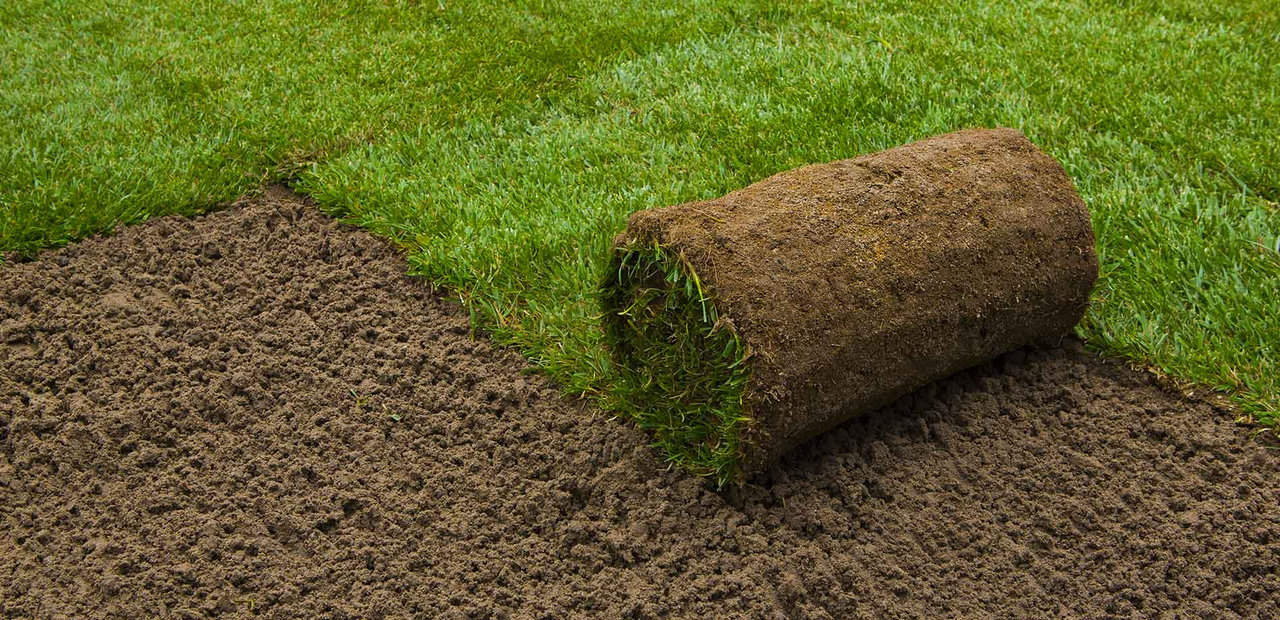
Cold-season sod is always going to do better if they are planted during fall, so if you plan on planting bluegrass, ryegrass, bent grass or fescue you may want to consider that timing.
On the other hand, if you prefer to plant warm-season grasses you may want to consider doing so during late spring or early summer. The most popular warm-season grasses that we can think of are the St. Augustine, the centipede, the Bermuda and the zoysia grasses.
You can either start the process through seeds or plugs, and at the end of the day it depends on personal preferences.
Through the seed method you will need to invest more into certified seed so that you don’t end up with weeds growing everywhere. You will also need to invest into a cultipacker, which is the equipment that you will be using to plant the seeds in the first place.
Labor Requirements
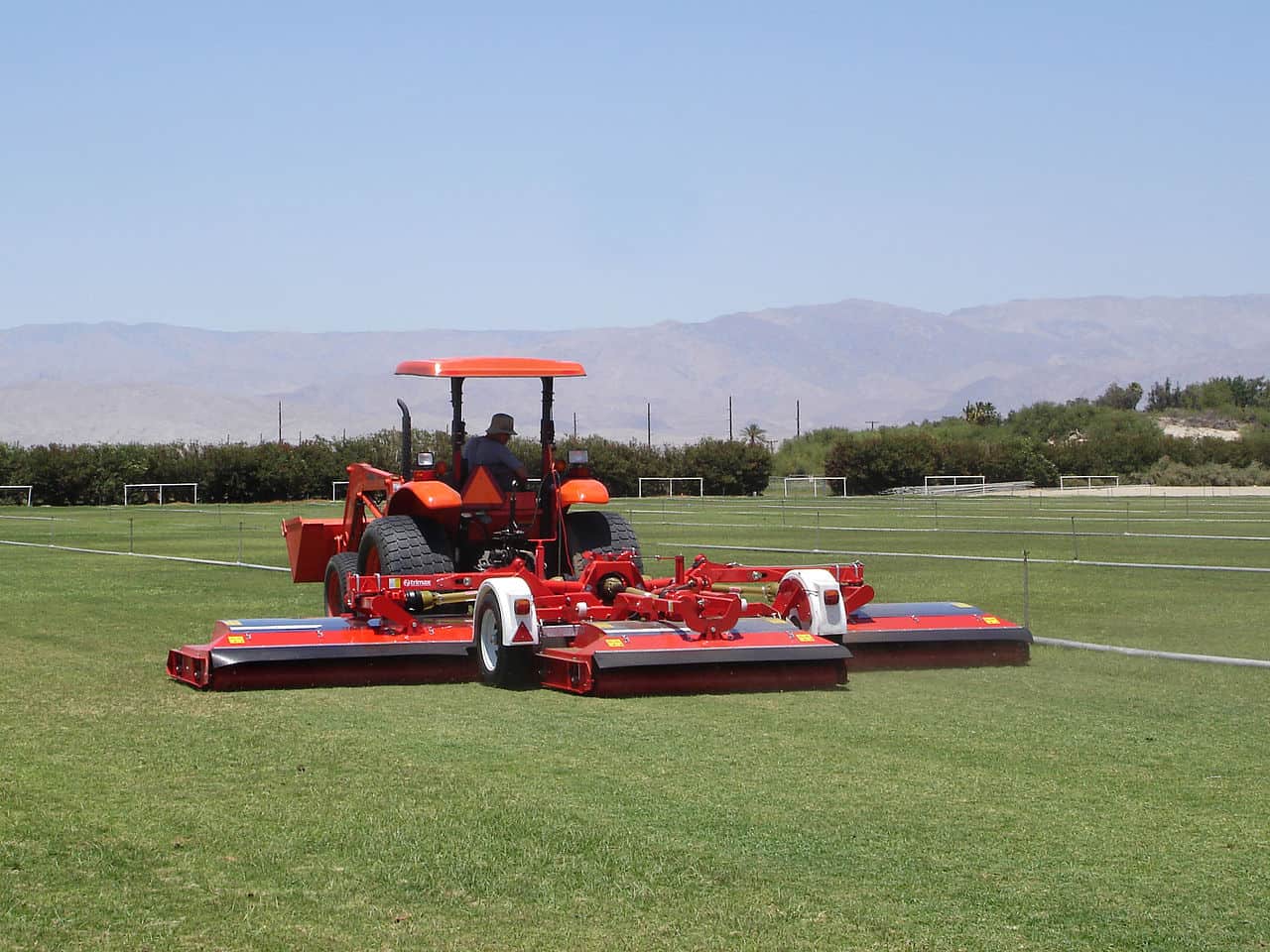
If you thought that you could just do your thing for a few days then you can just relax at home sipping on champagne, you’re sadly mistaken because that’s not how sod farming works.
The more acres you invest into, the more hours of labor you’ll need to put in in order to get the job done properly.
You will also need to have a lot of manpower behind you in order to plant, water, fertilize and of course, mow down the turf and then eventually reap the product of your hard work.
You may want to buckle up and get ready because the seed to harvest process can last as long as 18 months, and that does include daily mowing and maintenance that you will need to work your hardest for.
Irrigation is by far the most labor-intensive part, but besides all of that you will also need to work on mowing, watering and maintaining that huge yard all at once.
Some of the biggest turfgrass producers in the world agree over the fact that even by investing millions into heavy equipment, you will still need to put in a lot of work.
Water Supplies

By far the most important job that you will have when it comes to maintaining your turfgrass is the irrigation process.
This will be especially true if you happen to be located into a drier climate. The sad truth about turfgrass is that even if you happen to live in an area that has plenty of rainfall, you will still need to invest heavily into watering everything which is no simple feat with 100 acres of land waiting for you.
If you live in northern Alabama or southern Tennessee for example, we’re sorry but you will need to invest heavily into irrigation, otherwise you’ll be at a loss for profits.
Harvesting Season

Once every other step is taken care of, you can take the next logical step, which is of course harvesting the produce.
If you did happen to invest into 50 acres of sod, you may want to use smaller, hand-operated harvesting units, but if you invested in 100 acres or more you will need to go for larger tractor-mounted or self-propelled harvesters.
The time that you will need to actually harvest the produce depends entirely on the turfgrass species, the soil type and of course, the growing conditions.
According to most experienced sod farmers out there, you will need to get ready because as soon as the summer months start you will need to harvest and install the sod within a 24-hour timeframe. This is because grass is a perishable item, so it will go bad within a very short timeframe.
If you don’t take full advantage of this timeframe, you may lose half if not all of the grass by the time that you’re getting ready to sell it.
As such, you should also keep your delivery radius somewhere inside of 75 miles during the summer heat. Trust us when we tell you that you should not invest into sod if you’re not ready to calculate every step along the way extensively.
Selling to the Sod Market

Just because you have experience selling other traditional agronomic crops that doesn’t mean that you will all of a sudden have an easier time selling sod. This is because, while there are plenty of clients that will search for sod on the open market, there is no specific market for sod out there.
This means that there is no guarantee that you will be making a profit in the first place. Depending on the area that you happen to live in, you could be looking at an untapped or oversaturated market ahead of you.
So, before you actually even start with step one, you need to do you research so you don’t end up flabbergasted at the lack of profit.
At the same time, depending on your capacity you should target different demographics. If you are a smaller scale grower you will need to focus on homeowners and lawn-care professionals for example.
And if you are a larger scale producer you may want to cater to landscape contractors and garden centers with a pinch of golf course and field superintendents as well.
This is definitely not going to be easy, but it is what you signed up for and if you do your job right you will eventually make a hefty profit, we can promise you that much.
Conclusion
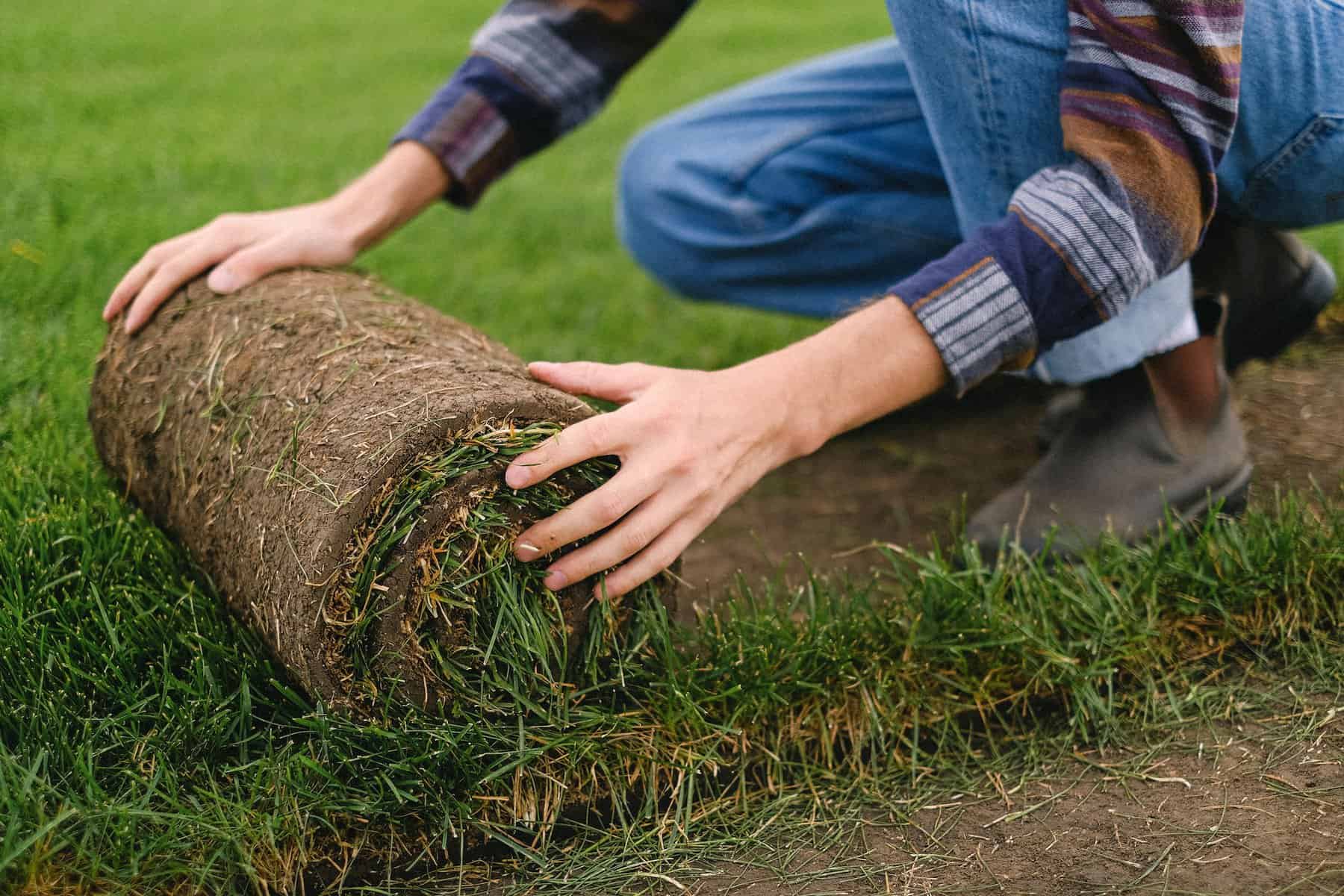
As a little closing statement, we would like to bring up yet another major problem that you may encounter as a turfgrass farmer, and that is pests and weeds.
Pests wise, you will only need to deal with a handful of infestations, but luckily you can take care of all of them with a good repellent.
The most common pests include:
- White grubs
- Mole crickets
- Ants
- Sod webworms
- Cutworms
- Army worms
Turf weeds wise, these are by far the most annoying ones we’ve had to deal with:
- Crabgrass
- Goosegrass
- Yellow or green foxtail
- Sandbur
- Annual bluegrass
- Dandelions
- Yellow woodsorrel
- White clovers
- Burweed
Again though, as long as you take care of them prematurely, you shouldn’t have any real pest or weed problems with your turfgrass.



